Featured 2

An Indian Roller before a dive to begin a roll. Photo Credit: Enam Ul Haque
The rollers seem to be holding on tenaciously to the last bit of open spaces of Dhaka city. The yearning of the rollers for open, uncluttered and unmolested spaces is probably no less intense than that of the citizens
A roller was the bird that unexpectedly brightened our dull evening as we wandered in the National Botanic Garden at Mirpur. Being a bird of open areas, the roller was an unusual bird to be sitting there in the dense, dark and rain-drenched grove. It probably was looking for a cavity in an old tree to make its nest - we speculated happily.
Dhaka city has nearly no open areas where a roller could find its favourite food, the beetles. The stubborn rollers, however, are still trying to make a living in this wretched beetle-free metropolis. Earlier we saw a pair of rollers living in the Tejgaon airfield and another at Purbachal; and now a roller at Mirpur!
The rollers seem to be holding on tenaciously to the last bit of open spaces of Dhaka city. The yearning of the rollers for open, uncluttered and unmolested spaces is probably no less intense than that of the citizens missing those essentials of good life after foolishly "developing" all the open spaces in the city.
The roller is a plucky bird. It sits alone on an exposed perch such as a bare branch, electric pole or cable; and keeps sitting motionless for hours unafraid of the marauding crowd of crows and kites of the city. All it wants is to swoop down on a beetle crawling somewhere on the ground below.
Fortunately, a perched roller does not look particularly attractive or noticeable. The hunched bird - with its dull-blue cap, and dirt-brown face, neck and back - looks like a piece of scrap stuck to a stick. It is easy for its airborne enemies to ignore the bird and move on to something more promising.
The people of the Indian subcontinent, however, consider the roller an exceptionally attractive bird. That is because the rollers do turn into gorgeous birds as they unfold their wings and fly. The striking patterns of Prussian blue band on the sky blue wings and contrasting blue tail always dazzle the viewers when a roller flies.
The ancient Indians considered the roller a favourite bird of the God Vishnu as well as a sacred creature. They added the roller's feathers to their cow-fodders believing that it would increase the milk production. In Telugu language, the roller is called "pɑ la pitta'' or milk-bird.
Because of the many shades of "neel" or blue colours, the roller is associated with the God Shiva who drank venom from the ocean and turned blue to save the community of gods. This "neel" bird is, therefore, called 'Neelkantho' in Bangla and Hindi, and sometimes ceremonially released on Bijaya Dashami of annual Durga Puja.
In the early 20th century, the English feather-traders lavished a new kind of attention onto the rollers as the adoration of the ancient Indians for the bird was dying out. The roller became one of the most relentlessly hunted birds of India for the export of its striking blue feathers.
The rollers we see in Bangladesh today are the descendants of the birds that survived the export-driven massacre a hundred years ago. Though well-loved and unmolested ever since, the charming bird is yet to recover from a century-old butchery; and its population is still very small.
Though associated with several Hindu gods, the roller is not an imposing bird like an eagle or a falcon. It is a foot-long bird weighing about 175 grams. The bird is called a roller because it 'rolls' in the air or turns sideways while flying at high speed as a part of its courtship rituals.
The roller we see in Dhaka city has lately been named Indochinese Roller. Until recently we knew it as a sub-species of the Indian Roller. In 2018, a molecular phylogenetic study revealed that it was a species in its own right. Although sometimes it interbreeds with the Indian Roller.
Publication of the phylogenetic study of the roller was sensational for us because it unexpectedly made Bangladesh richer with/by an additional species. It, however, made the life of birdwatchers difficult. Every time a roller showed up, they had to determine whether that was an Indian Roller or an Indochinese Roller.
It is not too hard to differentiate an Indochinese Roller from an Indian Roller. The face of an Indochinese Roller is dark brown and its tail has an upside-down Prussian-blue pyramid. The face of an Indian Roller is pinkish with yellow streaks and its tail has a dark blue terminal band. There are many other details in which the two species are distinguished.
The rollers we have come across in Dhaka city recently happen to be Indochinese Rollers. Our encounters with the Indian Rollers are mostly from Barisal and Khulna divisions. One of these days we hope to see an Indian Roller in Dhaka city.
There are only 13 species of rollers in the world; and fortunately three of them live in Bangladesh. Of these precious three, the Indochinese Rollers are easily seen in our city. The other two, the Indian Roller and the Oriental Dollarbird are seen in the city once in a blue moon.
We wish to see more of those beautiful blue birds in our city. Their lovely blue feathers may not improve our milk production anymore, but may well enrich the quality of citizens' lives.
Enam Ul Haque is the Chairman of WildTeam.
From The Business Standard






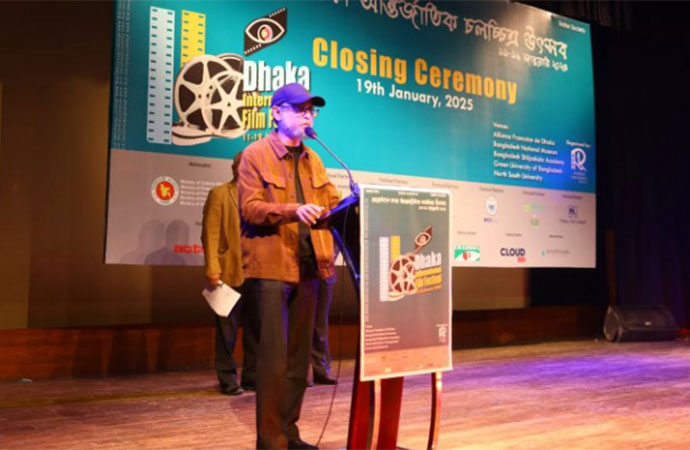
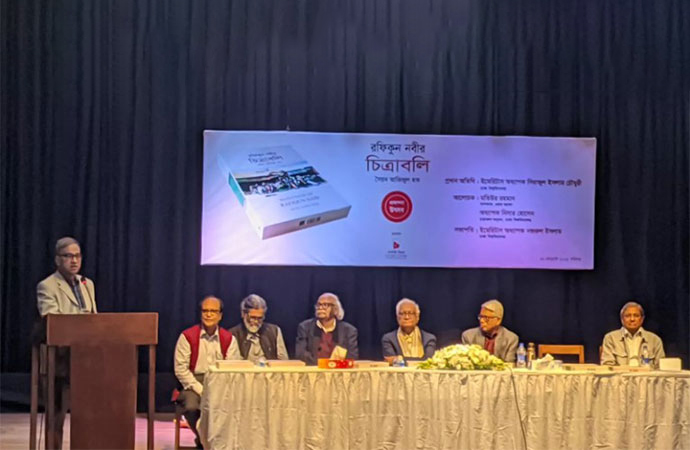
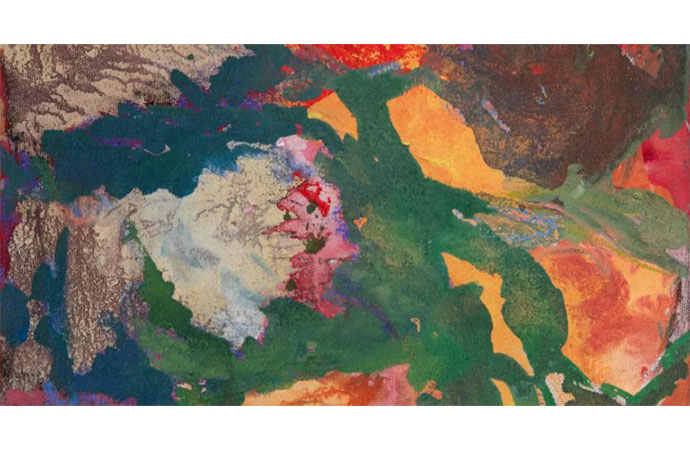
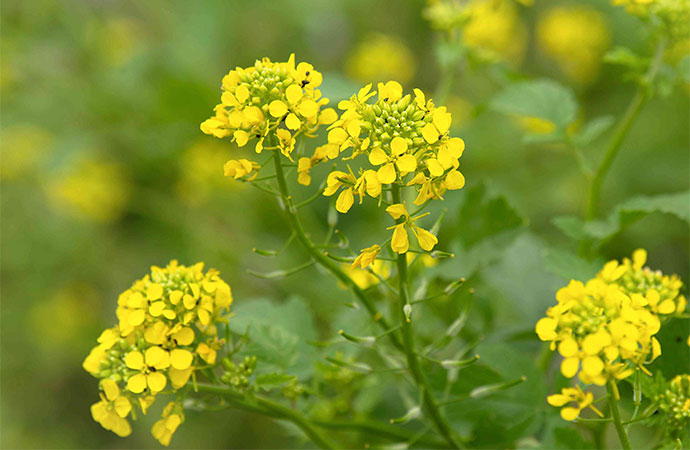
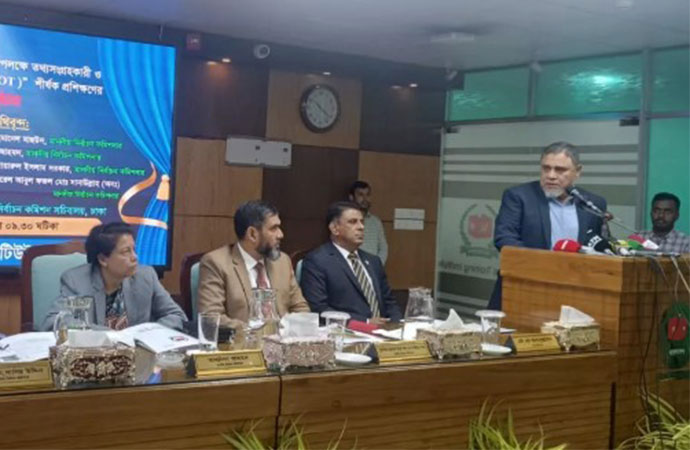
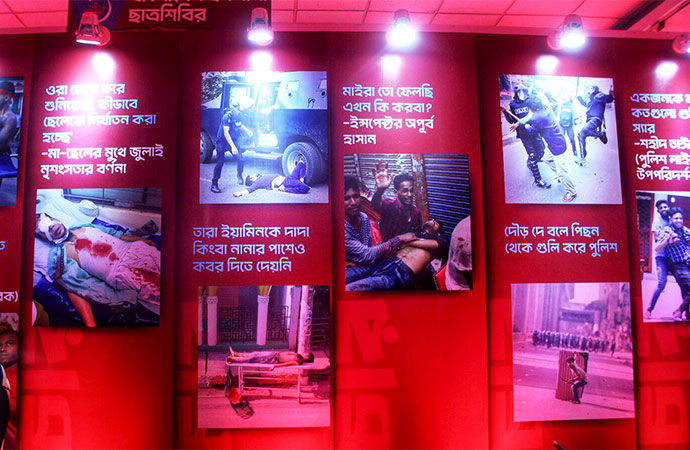







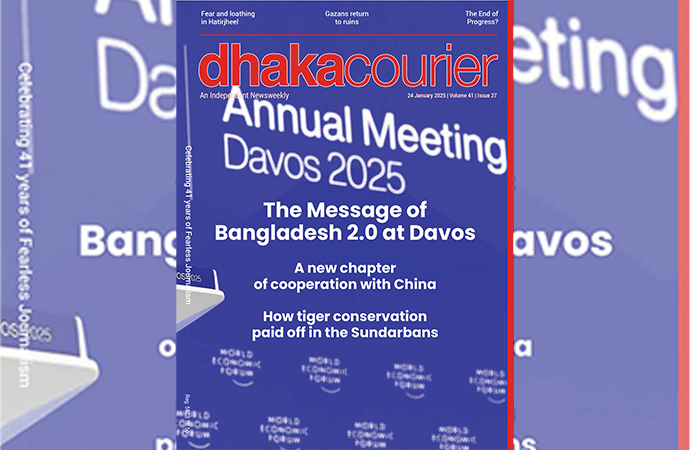
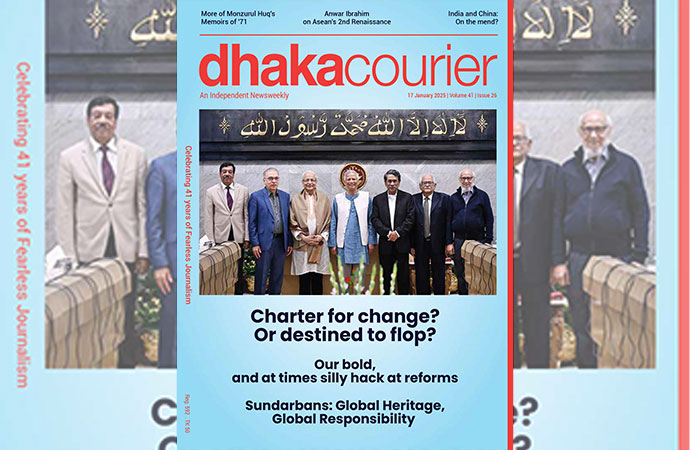
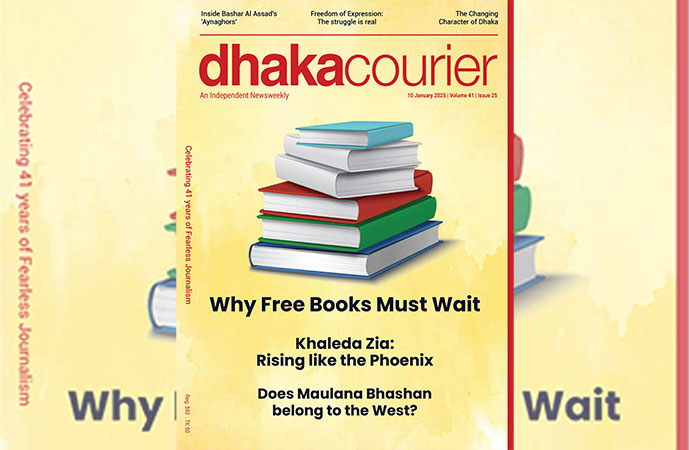
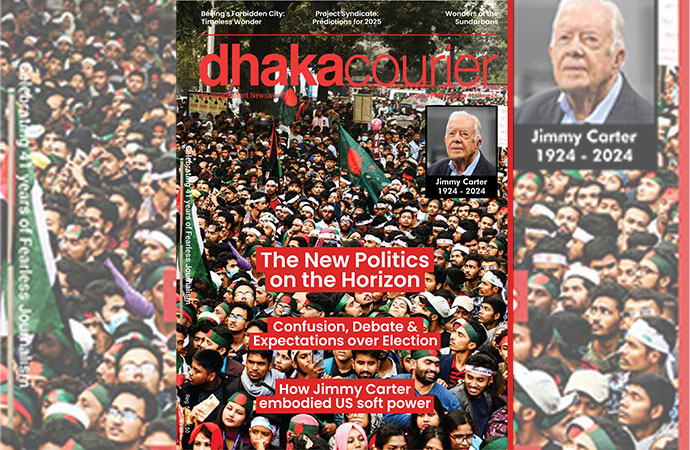


Leave a Comment
Recent Posts
AsiaNet Board Meeting & Forum ...
The AsiaNet Board Meeting and Forum was held in Singapore on January ...
Tribute to Ali Akbar – king of ...
The entire village of Haydarabad, Akkas Market, were in a deep state o ...
A new chapter of cooperation with Beijing
Dhaka, Beijing "must cooperate wholeheartedly" to re ..
‘Nalini’: artist and printmaker Julia Lebrao Sendra’ ..
Cultural show marking Chinese New Year held in Dhaka